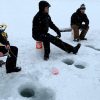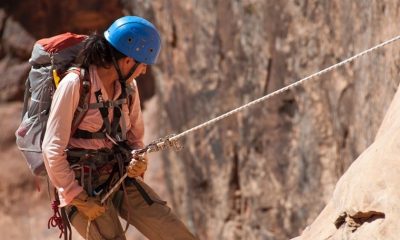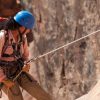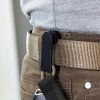Sports & Travel
The Ultimate Hiking Packing List: What to Bring for a Safe Adventure
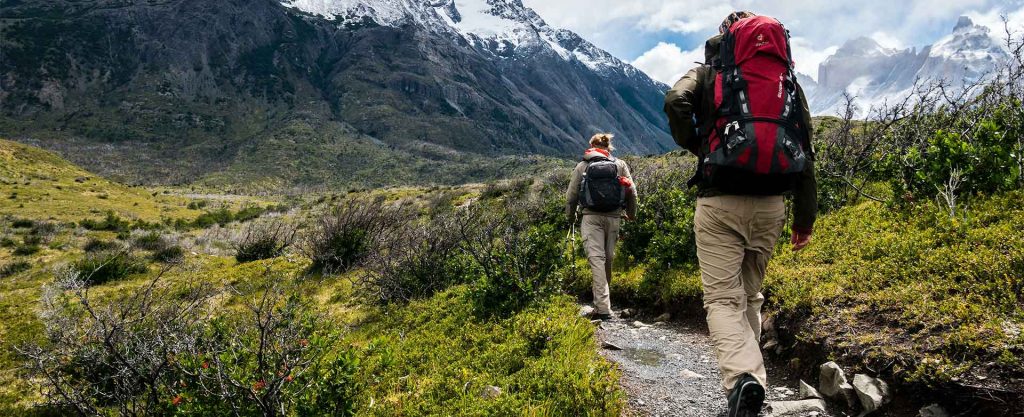
You’ve packed up your tent, sleeping bag and the clothes you’ll need for your trip. But have you considered what else you’ll need for hiking? You have to remember that you are heading into nature, so following a few simple rules will help ensure a safe as well as an enjoyable experience. Hiking supply lists can vary by trip length, destination and experience level. No matter what your hiking environment is, these hiking supplies should always be included in your pack.
Proper Clothing and Footwear
What to wear when hiking depends on the season and where you’re hiking. Hiking boots or shoes are recommended for winter hikes because they are sturdier than sneakers and can provide more protection from the cold. A good pair of boots will keep your feet dry and warm, even if it’s snowing. But hiking in the winter can be dangerous if you’re not properly dressed. Even if it’s not snowing, temperatures can drop quickly, so be sure to pack long underwear and several layers of clothing to help you stay warm. You may also want to bring a hat and gloves.
A poncho or rain jacket is another essential piece of hiking gear because it can save your life. Hiking in bad weather without proper protection can leave you wet and frozen to the bone, which could lead to hypothermia or other dangerous conditions.
Hiking in warmer months requires much lighter clothing. Shorts, T-shirts and lightweight pants work well for warmer hikes. But always remember that the weather changes quickly, so be prepared with a jacket, rain gear and other items like sunglasses in your hiking backpack to protect yourself from sunburn or bug bites.
If you’re hiking in rugged terrain or over rough or rocky trails, sturdy shoes are a must. Sneakers work fine for flat terrain, but they don’t offer enough support for climbing hills or walking along rocky paths.
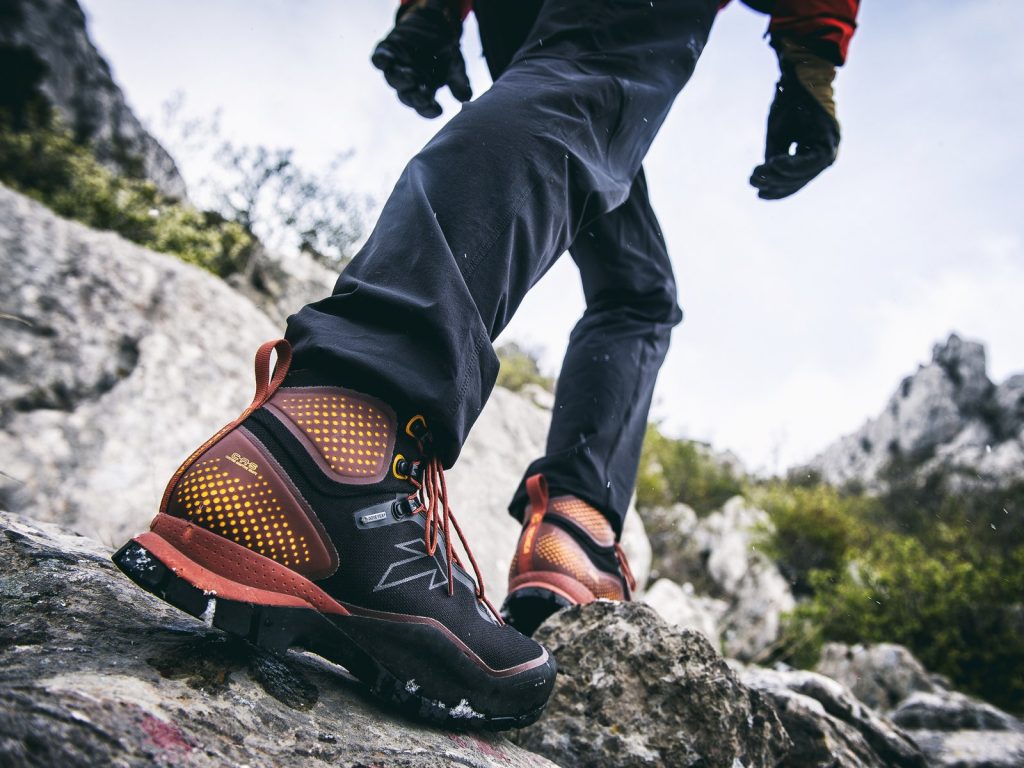
Visual Aid
Every hiker should carry a flashlight on every single trip. This is true whether you’re taking a day hike in your local park, or attempting to hike the Heysen Trail. Hiking at night can be fun and exciting, but it’s also more dangerous than hiking during the day. Carrying a flashlight such as the Fenix PD35 will allow you to see dangers in the woods, as well as find your way in the dark.
Flashlights are often overlooked on outdoor packing lists. It’s easy to assume that you don’t need one since the sun will be out for most of your trip. But what happens if you have to hike after sunset? Or what if you get lost and have no choice but to spend the night in the woods? Those are good reasons to bring a flashlight with you every time you head out into nature.
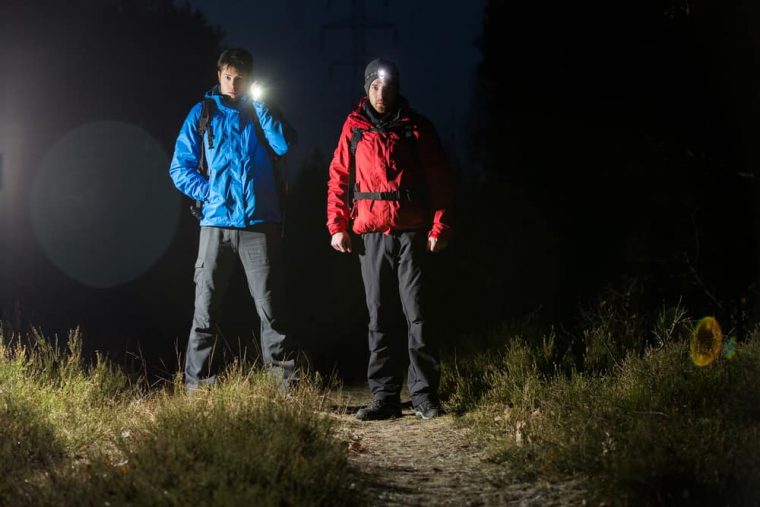
in your backpack. The best ones for hikers are made of durable materials that can withstand the elements and provide reliable light in emergencies. Cheap plastic flashlights break easily and don’t offer reliable light so instead look for ones made out of lightweight but sturdy material like aluminium or titanium. You’ll want a flashlight that is going to last, so make sure to choose one with a durable lens cover to protect the bulb from damage.
Flashlights with rechargeable batteries are ideal because you don’t have to worry about replacing them when they die (and they will die eventually, even if you take good care of them). The rechargeable battery options on your flashlight should be straightforward to use. It’s also smart to carry extra batteries, just in case one runs out when you need light the most.
Whether you’re exploring a strange new locale or venturing out into the wilderness, it’s always a good idea to be aware of your exact location. A GPS device, whether handheld or smartphone-based, is a great option for navigation. However, it’s always smart to have a backup plan in case your GPS dies, gets lost or runs out of batteries. A compass and map can help you figure out where you are if your GPS fails.
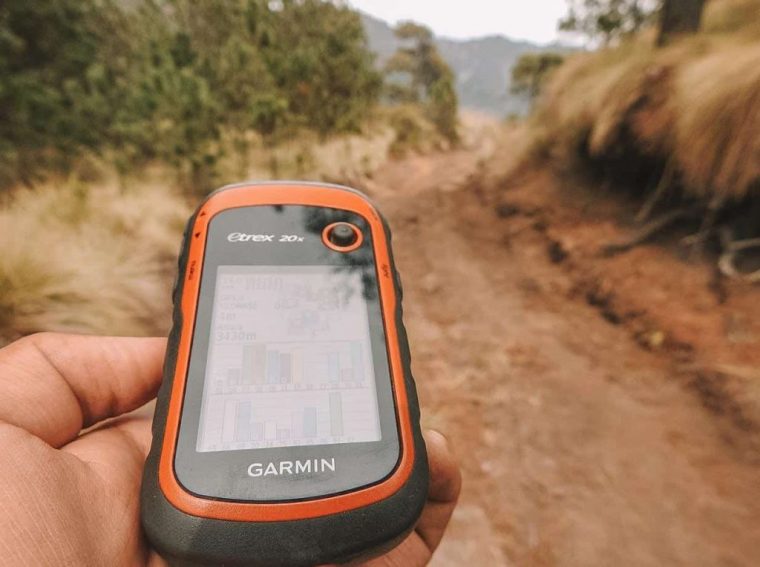
Water and Food
It is important to stay hydrated while hiking. Bring along a water bottle that can hold plenty of water. If you carry one of those foldable, water bottles then you can easily keep track of how much water you have left and know when it’s time to find more water! You should also carry something to eat with you while out on your hike. Even if you aren’t planning on doing any strenuous activities while out in nature, it is good to keep some food with you just in case something happens that makes it so that you can’t get back home until later than planned. And if there is less light than usual and it looks like night might fall before your hike is over, then having some food with you will help to keep your energy up and get yourself safely back home.
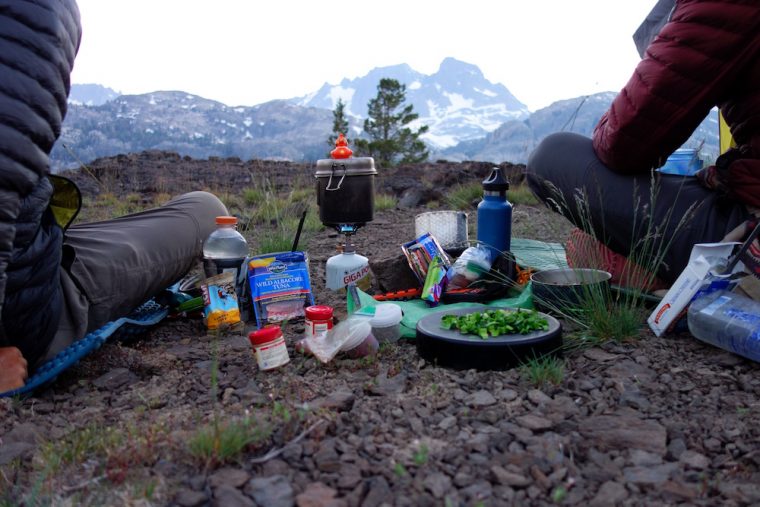
Other Helpful Items to Pack
A portable first aid kit is essential for any hiker. Accidents can happen, so it’s important to be prepared for the worst. A first aid kit should have a variety of bandages for cuts and scrapes of varying sizes, medical tape for securing bandages, gauze for larger cuts, antibiotic ointment to prevent infection, and pain medication for aches and pains.
A little bit of sunscreen goes a long way, so you should try and have at least a few hours worth of protection with you while hiking. Having sunscreen with you allows for the possibility that the sun will shine brightly for several hours in a row, thus allowing you to continue to be protected against harmful UV radiation. Trying and avoid getting bitten by bugs is also very important. If a bug bites you, it could carry diseases like Lyme disease or Rocky Mountain spotted fever, which could harm you during your hiking trip if you are in an area where those diseases are common during certain times of the year. By taking precautions to avoid bugs, such as wearing long pants and using bug spray, you can do your part to protect yourself from getting bit by a potentially harmful bug.
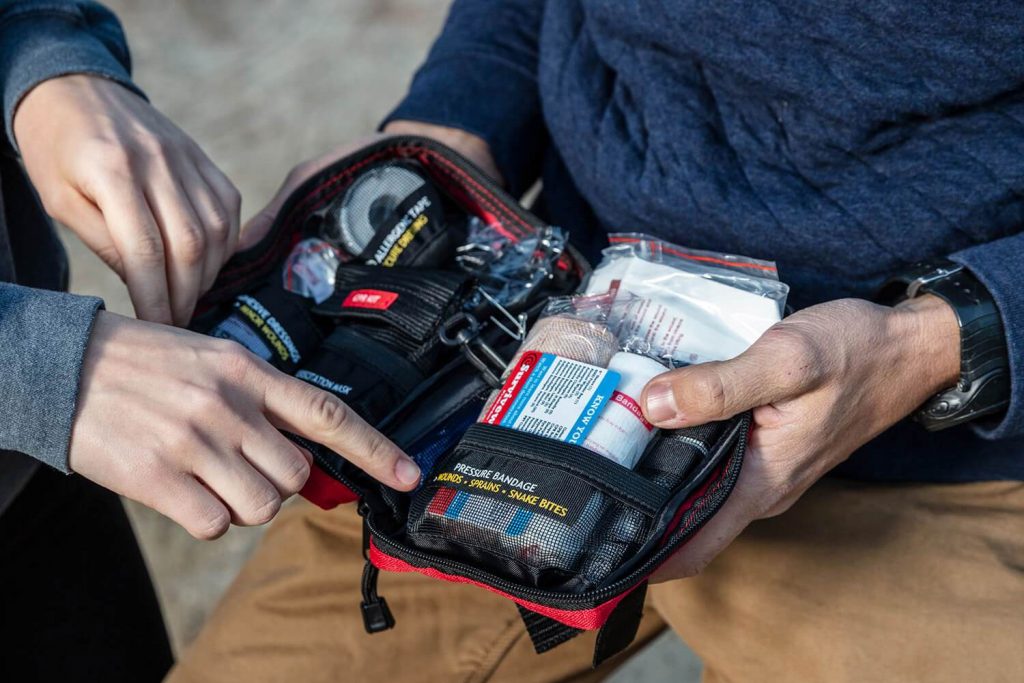
To Sum Up
Whether your adventure is long or short, it’s important to be prepared for the worst and pack accordingly. It doesn’t matter if you’re planning a solo trip just for fun, an overnight camping trip with your friends, or a weeklong trek in the middle of nowhere—from a GPS device to a Fenix PD35 flashlight, you should always make sure that your backpack has you prepared for anything.
As a proud Pisces known for the selflessness, Olivia joined up the blog fascinated by the idea she can help readers with info on topics and their related benefits like health and beauty, travel, food and drinks. When not writing, she likes to call it a day reading comic books in the company of her Tonkinese cat Chatty or binge-watching The Big Bang Theory with her SO like the nerd she is.




